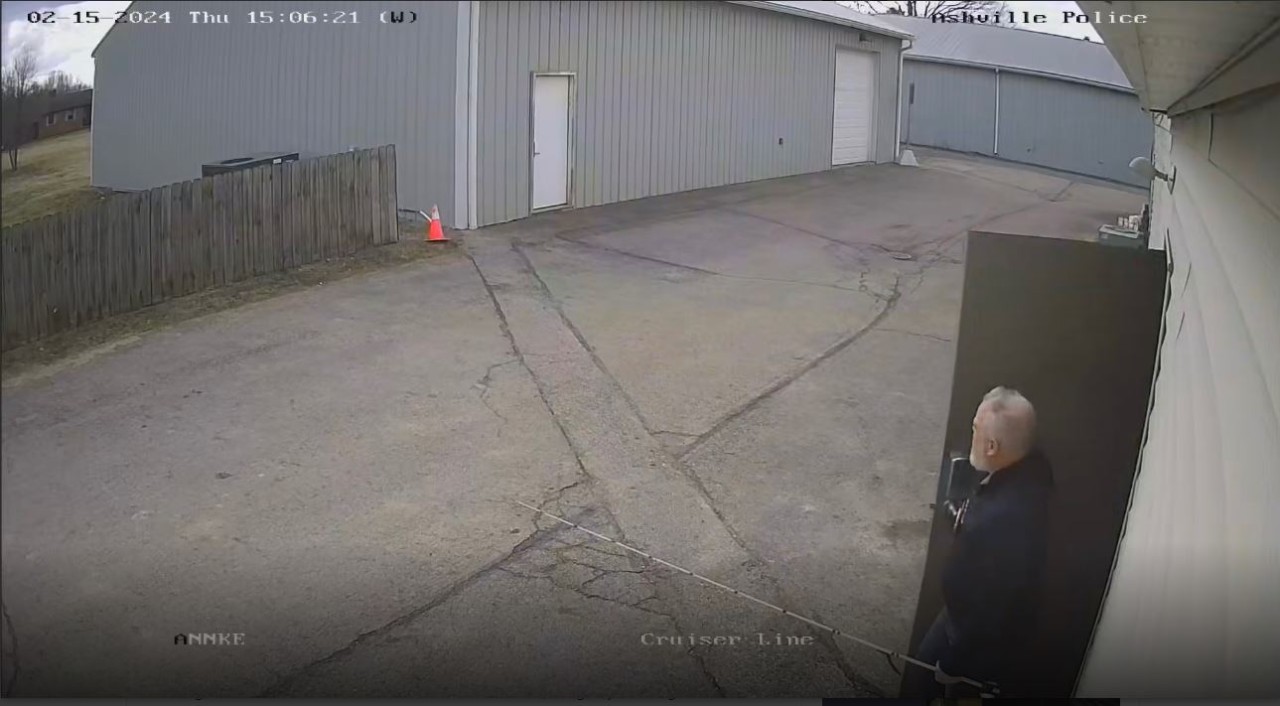15 years after rape, 'lost' case comes to trial
The Detroit News, detroitnews.com
BYLINE: Laura Berman
Link to Article
Detroit, MI
The victim calls the police immediately after a sexual assault by a man she says she doesn't know.
After the police arrive in the early morning hours, she proceeds to Sinai Grace Hospital, where she is subjected to an intimate medical examination.
Fourteen years later — after the millennium, after her 6-year-old son is an adult, after hearing nothing since that night in 1997 — she gets her first call back from authorities. It is February 2011 and a suspect's DNA matches a sample taken that long-ago night and then sealed in a cardboard box in a Detroit Police Department Crime Lab property room.
Today, in a Wayne County courtroom, a 38-year-old Detroit man is being tried for that crime. His life hasn't stood still, either. The defendant, Antonio Jackson, has been married for five years, working, getting on with his life. His lawyer, Michael Komorn, questions what he calls "a rush to judgment," based on physical evidence collected long ago, in what he describes as "a monumental" backlog.
He knows that this case isn't only about his client: It's the first test of the 400 Project, a random sample of 400 of the 10,559 cardboard boxes called "rape kits" that languished in a DPD Crime Lab property room until they were "discovered" or "observed" during a 2008 walk-through of the room by state police officials and Wayne County Prosecutor Kym Worthy.
It's a bone of contention that the boxes were ever "lost," as opposed to, say, "filed," but the event created a scandal, and the Crime Lab was shut down, its functions assumed by the Michigan State Police.
Now, four years after authorities began an effort to tackle the boxes, and the thousands of stories and potential crimes languishing inside, the first case of 400 studied is finally coming to trial.
"You don't get a problem like this because one person didn't do his job," said Rebecca Campbell, a Michigan State University psychology professor. She is working with prosecutors, police and medical personnel to diagnose what happened, why it happened, and how to prevent it from happening again.
Campbell describes a systemic failure of colossal proportions involving many people: relationships between the police and prosecutor, between hospitals and forensic examiners and doctors and lab technicians, each trying to do their jobs.
What we have here is not evil intent, she suggests, but a failure to communicate.
"It's one big interconnected mess," Campbell said.
Campbell, a nationally recognized expert on sexual assault, is working with federal, state and local authorities with a National Institutes of Justice grant to study another 1,000 rape kits, as investigators try to devise a protocol for tackling similar backlogs in other cities and states.
Detroit's problem, while massive, is not unique. And some of the backlog is a result of changing technology: Not until 2006 did the state have a mechanism to quickly check its prisoner database for DNA.
In the Antonio Jackson case, for example, the alleged victim testified that her assailant came through a window in the middle of the night: She didn't know him and could not identify him. Back in 1997, the police had a he-said/she-said case, no suspect, no clear next move.
What could they have done?
"People should be outraged, but you also need to look at the technology that was available," said Campbell, who has researched sexual assault cases for two decades.
Campbell speaks of her high regard for the Detroit Police Department: "very good people working with shockingly few resources," and equally highly of prosecutor Worthy.
Although rape is a crime that's been ignored historically, technology is compensating for indifference. Progress is incremental, but the state is no longer a backwater of injustice for assault victims. There is a collective will to fix the problem, she says.
"There's a box of evidence for each and every one of these crimes," Campbell said, adding that her hope and intention is that every case will be evaluated for follow-up.
Ten thousand, five hundred and fifty-nine of them.
Laura Berman’s column runs Tuesday and Thursday.
- - - - - - - - - - - - - - - - - - - - - - - - - - - - - - -
International Association for Property and Evidence
"Law Enforcement Serving the Needs of Law Enforcement"
www.IAPE.org
BYLINE: Laura Berman
Link to Article
Detroit, MI
The victim calls the police immediately after a sexual assault by a man she says she doesn't know.
After the police arrive in the early morning hours, she proceeds to Sinai Grace Hospital, where she is subjected to an intimate medical examination.
Fourteen years later — after the millennium, after her 6-year-old son is an adult, after hearing nothing since that night in 1997 — she gets her first call back from authorities. It is February 2011 and a suspect's DNA matches a sample taken that long-ago night and then sealed in a cardboard box in a Detroit Police Department Crime Lab property room.
Today, in a Wayne County courtroom, a 38-year-old Detroit man is being tried for that crime. His life hasn't stood still, either. The defendant, Antonio Jackson, has been married for five years, working, getting on with his life. His lawyer, Michael Komorn, questions what he calls "a rush to judgment," based on physical evidence collected long ago, in what he describes as "a monumental" backlog.
He knows that this case isn't only about his client: It's the first test of the 400 Project, a random sample of 400 of the 10,559 cardboard boxes called "rape kits" that languished in a DPD Crime Lab property room until they were "discovered" or "observed" during a 2008 walk-through of the room by state police officials and Wayne County Prosecutor Kym Worthy.
It's a bone of contention that the boxes were ever "lost," as opposed to, say, "filed," but the event created a scandal, and the Crime Lab was shut down, its functions assumed by the Michigan State Police.
Now, four years after authorities began an effort to tackle the boxes, and the thousands of stories and potential crimes languishing inside, the first case of 400 studied is finally coming to trial.
"You don't get a problem like this because one person didn't do his job," said Rebecca Campbell, a Michigan State University psychology professor. She is working with prosecutors, police and medical personnel to diagnose what happened, why it happened, and how to prevent it from happening again.
Campbell describes a systemic failure of colossal proportions involving many people: relationships between the police and prosecutor, between hospitals and forensic examiners and doctors and lab technicians, each trying to do their jobs.
What we have here is not evil intent, she suggests, but a failure to communicate.
"It's one big interconnected mess," Campbell said.
Campbell, a nationally recognized expert on sexual assault, is working with federal, state and local authorities with a National Institutes of Justice grant to study another 1,000 rape kits, as investigators try to devise a protocol for tackling similar backlogs in other cities and states.
Detroit's problem, while massive, is not unique. And some of the backlog is a result of changing technology: Not until 2006 did the state have a mechanism to quickly check its prisoner database for DNA.
In the Antonio Jackson case, for example, the alleged victim testified that her assailant came through a window in the middle of the night: She didn't know him and could not identify him. Back in 1997, the police had a he-said/she-said case, no suspect, no clear next move.
What could they have done?
"People should be outraged, but you also need to look at the technology that was available," said Campbell, who has researched sexual assault cases for two decades.
Campbell speaks of her high regard for the Detroit Police Department: "very good people working with shockingly few resources," and equally highly of prosecutor Worthy.
Although rape is a crime that's been ignored historically, technology is compensating for indifference. Progress is incremental, but the state is no longer a backwater of injustice for assault victims. There is a collective will to fix the problem, she says.
"There's a box of evidence for each and every one of these crimes," Campbell said, adding that her hope and intention is that every case will be evaluated for follow-up.
Ten thousand, five hundred and fifty-nine of them.
Laura Berman’s column runs Tuesday and Thursday.
- - - - - - - - - - - - - - - - - - - - - - - - - - - - - - -
International Association for Property and Evidence
"Law Enforcement Serving the Needs of Law Enforcement"
www.IAPE.org


